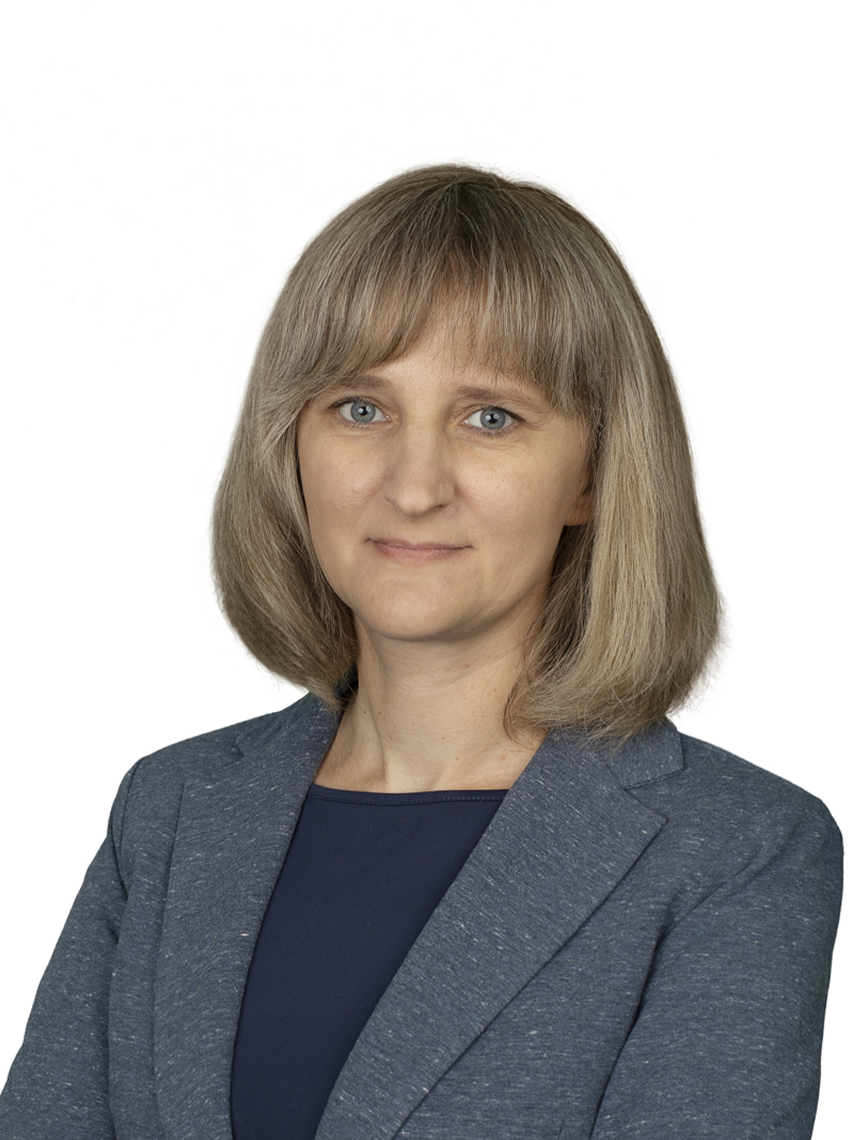 ORCiD iD: 0000-0001-9954-0397
ORCiD iD: 0000-0001-9954-0397
Mob. +370 622 11 103
E-mail: vilma.kemesyte@lammc.lt
Instituto al. 1, Akademija, LT-58344 Kėdainiai dist., Lithuania
Education
2002–2004 Master of science in Agronomy, Lithuanian University of Agriculture (since 2019 Vytautas Magnus University Agriculture Academy).
1998–2002 Bachelor of science in Agronomy, Lithuanian University of Agriculture.
Academic degree
2011 doctoral degree of Biomedical sciences, Agronomy, doctoral dissertation “Assessment of short-lived ryegrass (Lolium) genus for agro-biological traits and suitability for breeding”.
Research fields
- Breeding of Lolium and Dactylis species, Festulolium and Festuca pratensis
- Studies of the genetic resources of Lolium and Dactylis species and Festuca pratensis ex situ
- Research and breeding of the minor grasses and legumes
- Forage grass-legume mixtures, their agrotechnology and productivity
Position
Since 2021 Senior Researcher, Department of Grass Breeding, Institute of Agriculture, LAMMC.
Memberships and affiliations with professional organisations
- Member of European Cooperative Programme for Plant Genetic Resources (ECPGR) Forages Working Group
- Member of Nordic Association of Agricultural Scientists (NJF)
- 2008–2022 Member of European Association for Research on Plant Breeding (EUCARPIA)
- 2017 member of Organising Committee of the joint meeting of Fodder Crops and Amenity Grasses Section and Protein Crops Working Group of EUCARPIA-Oil and Protein Crops Section “Breeding Grasses and Protein Crops in the Era of Genomics”.
- 2017 member of Organising Committee of the international scientific conference “Plant breeding: science for agricultural development”.
Involvement in programmes and projects
International projects
- 2018–2022 “Facilitating use on the European perennial ryegrass collection: improving access to genetic resources and C&E data”, coordinator and executor in Lithuania.
- 2014–2020 “PPP for pre-breeding in perennial ryegrass (Lolium perenne L.)”, executor of field experiment in Lithuania.
- 2012–2013 Lithuanian–Ukrainian Cooperation Programme “Preservation of perennial grasses genetic resources and new cultivars breeding for the specific purposes”, executor.
- 2009–2010 Lithuanian–Ukrainian Cooperation Programme “Investigation of the most important and agronomical traits of forage grasses”, executor.
- 2007–2008 Lithuanian–Ukrainian Cooperation Programme “Collection, evaluation and preservation of genetic resources of forage and turf grasses”, executor.
Nacional projects
- 2018–2020 Measure “Knowledge transfer and information activities” (Program for the Lithuanian Rural Development 2014–2020) project “Crop rotation diversification and agrotechnology optimization for the restoration of biodiversity and agro-ecosystem functions”, executor.
- 2015–2018 Researcher team's project “Development of molecular markers for genomic selection of adaptation in perennial ryegrass” (ADAPTGENAS), executor.
- 2012–2014 Researcher team's project “Development of functional markers for plant archtecture genes” (FUMAG), executor.
- 2010–2011 Ministry of Agriculture programme “Collection and investigation of the agricultural plants genetic resources”, executor.
- 2008–2009 Ministry of Agriculture programme “Breeding and introduction of plant cultivars”, executor.
- From 2006 Ministry of Environment programme “Investigation of the plant genetic resources, renewal genetic collections and preparation plant genetic material for the storage at the Plant Gene Bank”, executor.
- 2006–2008 programme “Assessment and investigation of the polimorphism of the forage and turf grasses genetic resources”, executor.
Supervision of PhD studies
- 2016–2018 supervisor, PhD student Giedrius Petrauskas, topic of the PhD project “Genetic diversity of the autochthonous red clover (Trifolium pratense L.) populiations”.
- 2015–2019 co-supervisor, PhD student Olakunle Kelvin Akinroluyo, topic of the PhD project “Effect of ploidy level on plant abiotic stress response”.
Plant varieties developed (co-author)
SCIENTIFIC PUBLICATIONS (click the link here)
Save
Save
Save
Save
 ORCiD iD: 0000-0001-9954-0397
ORCiD iD: 0000-0001-9954-0397